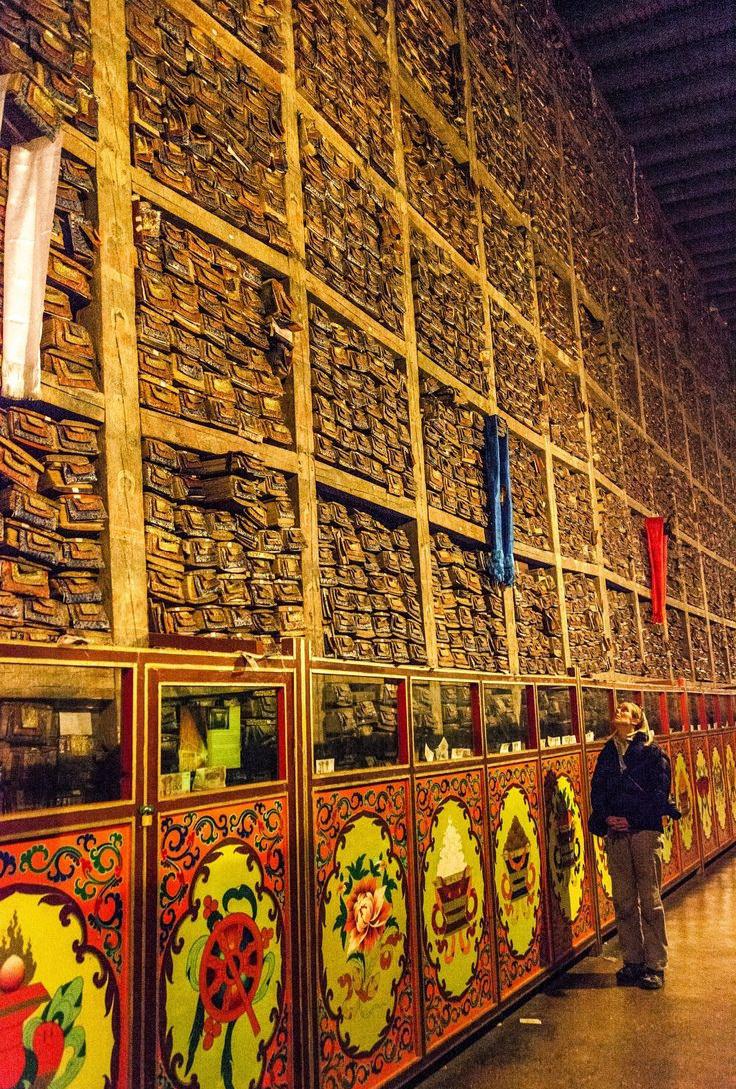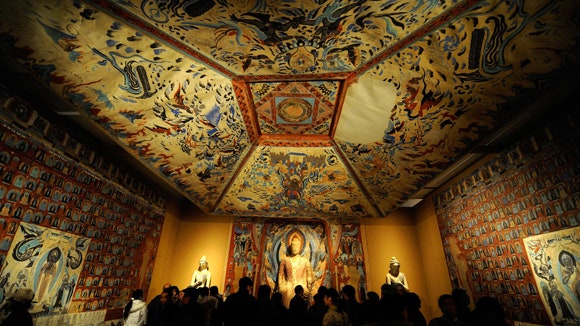Ancient Library in Tibet Creating Digital Archive of Its 84,000 Scriptures

Tibet’s Sakya Monastery is home to many wonders. Founded in 1073 CE, its collection includes some of the oldest Tibetan artwork, as well as 84,000 ancient manuscripts and books. Given its remote location, the contents of this library may seem out of reach for international scholars. Luckily, in an attempt to preserve these ancient documents, the Sakya Monastery Library began digitizing its assets in 2011 and is well underway in its mission.
Most of the library’s collection is made up of Buddhist scriptures. This relates back to the monastery being the most important seat of the Sakya school of Tibetan Buddhism. However, the library also contains pieces of literature, as well as works on history, philosophy, astronomy, mathematics, agriculture, and art. Among its most compelling assets are volumes of palm-leaf manuscripts, which have survived the passage of time thanks to the arid climate of the region, and the heaviest scripture in the world, which weighs 1100 pounds.

“Following the advice of His Holiness, the 41st Sakya Trizin, the Ven. Khenchen Appey Rinpoche (1927-2010) stressed the importance of collecting, digitizing and publishing important texts to ensure an authentic and complete transmission of the Dharma to future generations,” writes the team. “Recovering and publishing many volumes of important scriptures from the Sakya tradition, Rinpoche has made an immeasurable contribution to the Dharma in general and to the Sakya tradition in particular.”
Given the sheer size of the endeavor, it wasn’t until 2022 that all books were indexed. So far, only 20% have been fully digitized and are available in the original Tibetan. Following the mission to preserve these texts for future generations, the works are available under a Creative Commons license for educational and scholarly purposes.
Given the sheer size of the endeavor, it wasn’t until 2022 that all books were indexed. So far, only 20% have been fully digitized and are available in the original Tibetan. Following the mission to preserve these texts for future generations, the works are available under a Creative Commons license for educational and scholarly purposes.
© Regina Sienra
#archaeohistories






